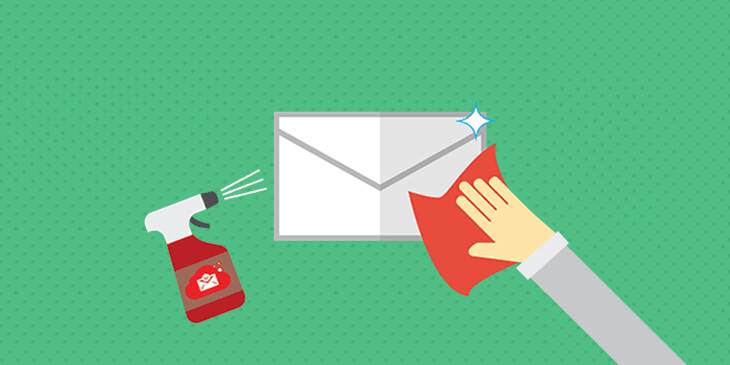
When was the last time you went through your email inbox? Stretched back through the hundreds of emails from clients, friends, and colleagues? Cleaned out the spam folder? Sent a follow-up request for that project you abandoned? If it has been more than a few days since your last email hygiene session, now is the time to start. Here are some tips on how to stay clean and fresh on your inbox.
What Is Email Hygiene?
In a nutshell, email hygiene is the process of keeping your inbox clean. It’s important to stay fresh and ready to deal with unexpected emails by cleaning out spam, unsubscribing from newsletters you don’t care about, and following up on those projects you abandoned.
Staying clean means maintaining a healthy email hygiene routine. That includes clearing old emails in your inbox, updating your contacts regularly, unsubscribing from newsletters you don’t care about, and sending follow-up requests for projects that have been abandoned.
Along with staying clean and fresh on your inbox, it’s also important to know when and how to let go of an email conversation. Even when it’s tempting to keep an email alive (or even just leave it in your inbox), doing so doesn’t help anyone in the long run when there are other more relevant conversations that need attention.
Why Clean Out Your Inbox?
If you’re anything like me, your inbox is overflowing with emails. This can lead to an email overload that causes you to miss important messages and have difficulty prioritizing which emails deserve the most attention.
Steps to follow for an effective email hygiene session
Step 1: Delete any emails you don’t need or want
Start by opening up your email inbox and deleting anything that isn’t needed. It might be an old client that has been forgotten, a friend whose life is changing, or an old project with no more updates. If you are unsure of what to do with an email, archive it and move on!
Step 2: Filter your inbox
Once all the unnecessary emails have been deleted, go to “Inbox” and scroll over to “Filters.” From here, you can set filters for a specific time period. For example, if you’re looking for emails from last week then create a filter for last week. If you’re looking for emails related to your current projects then create a filter for this month’s projects. Step 3: Search through your filtered in-box
When searching through your filtered in-box make sure not to include any recent emails sent by others. This will help cut down on the number of irrelevant messages in your inbox but also ensure that you are only searching through the messages from those who matter most to you!
Conclusion
Email is a vital part of your business, but that doesn’t mean you shouldn’t take care of it. The more emails you get in your inbox, the harder it is to focus and manage your time. The more emails you get in your inbox, the more difficult it is to stay on top of what’s important.
By periodically cleaning out your inbox, you can keep your inbox fresh and do your best work. Email hygiene can be a challenge, but it’s worth it!





